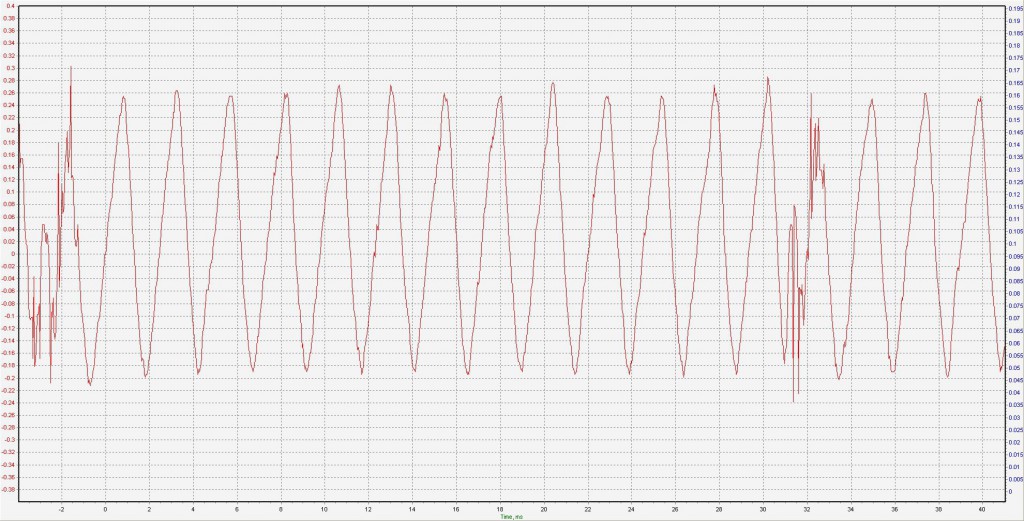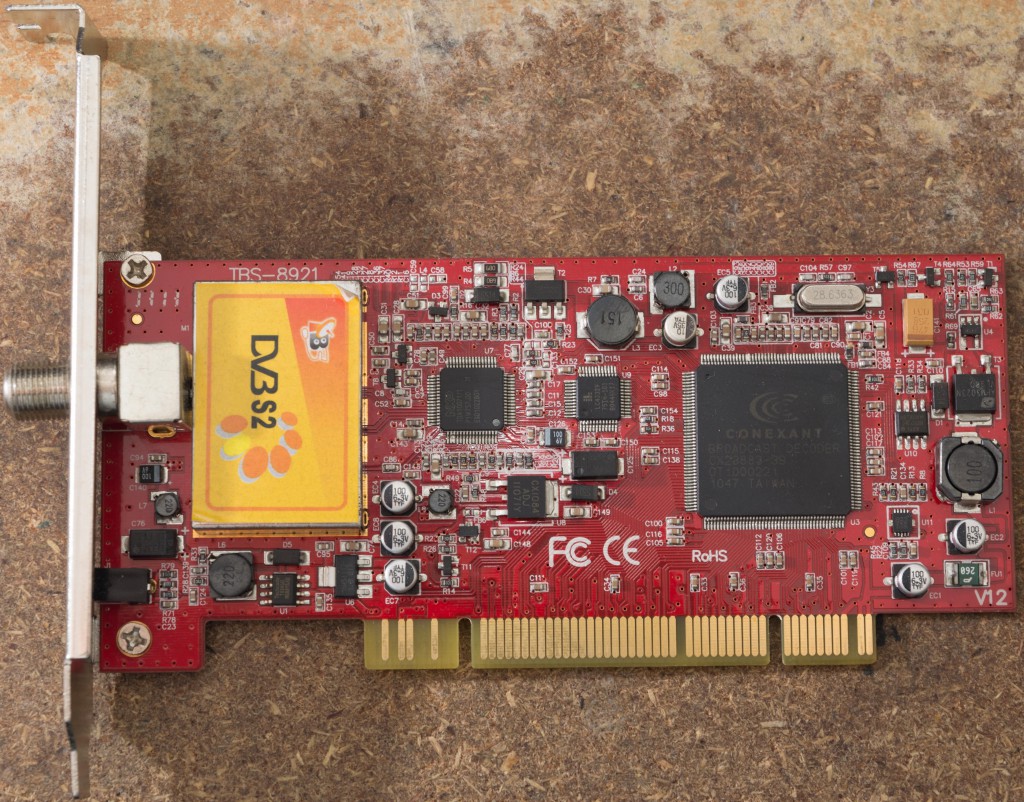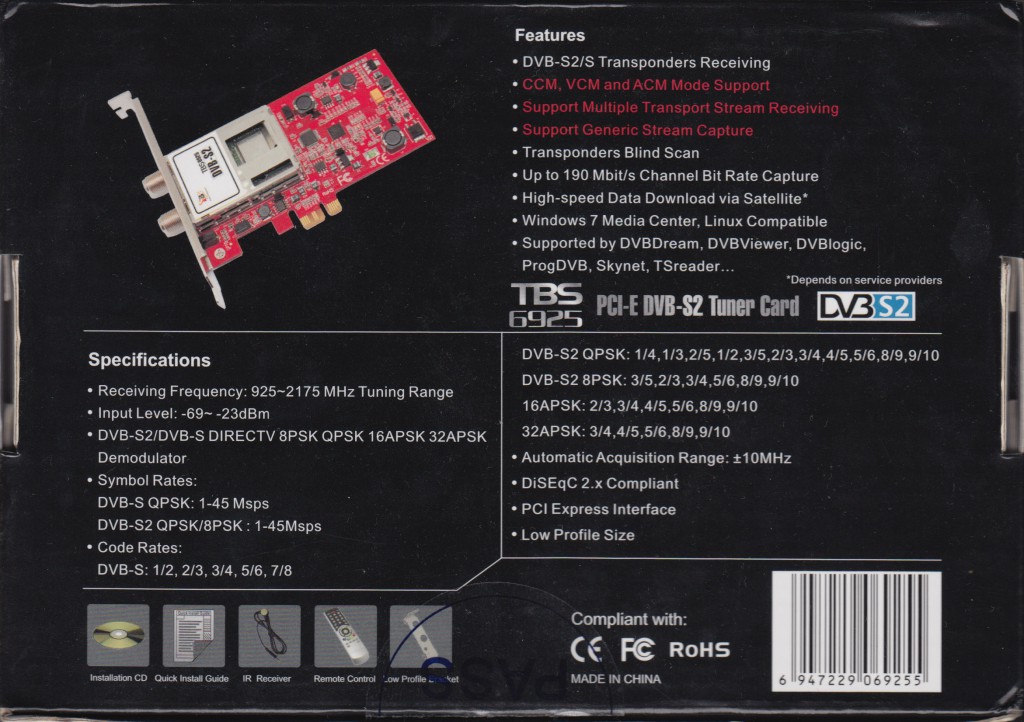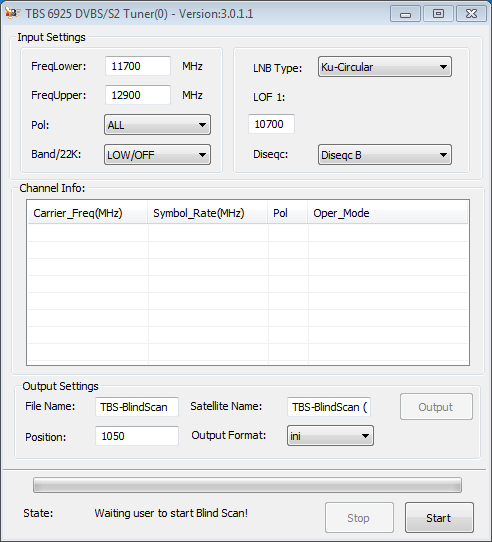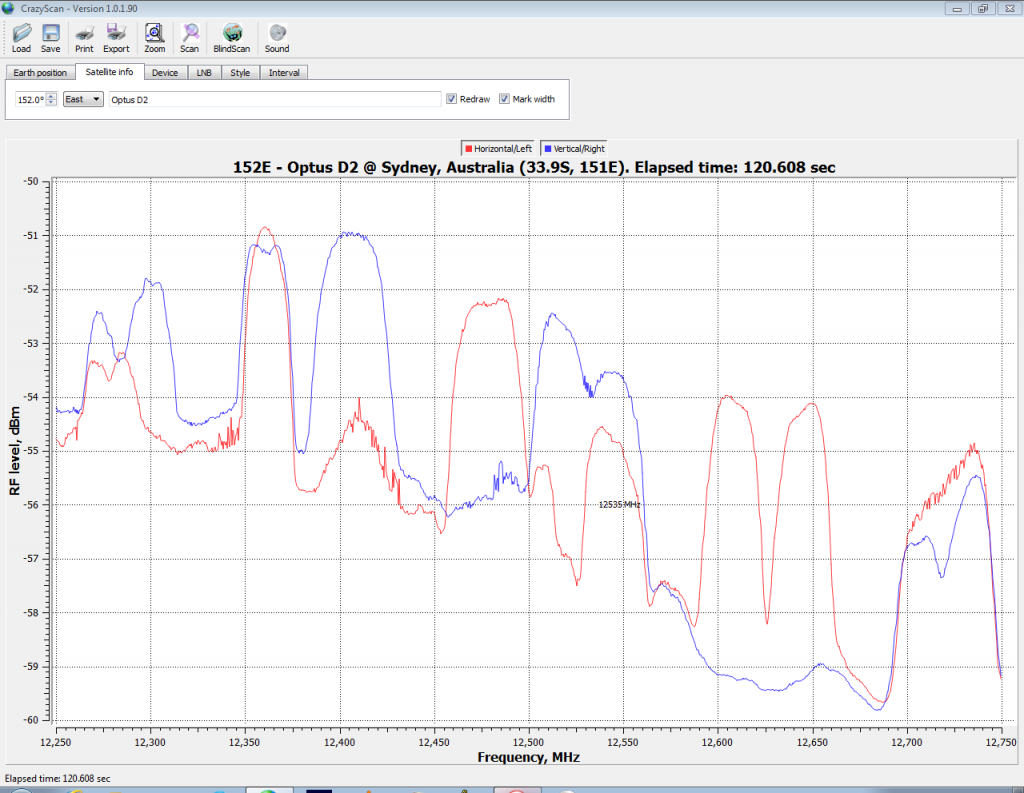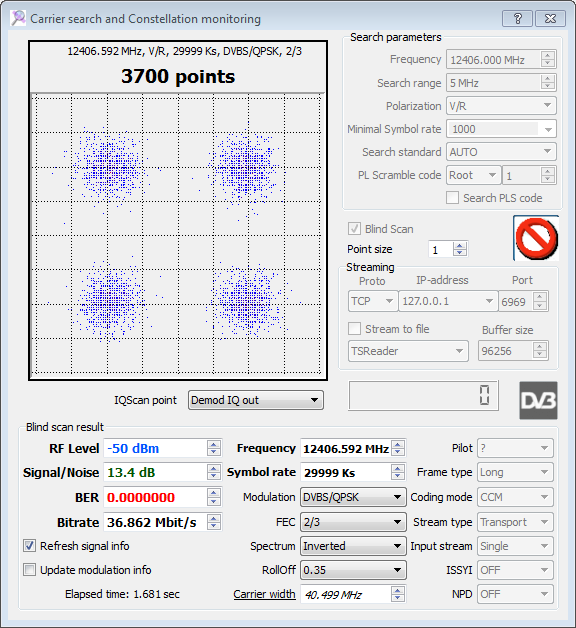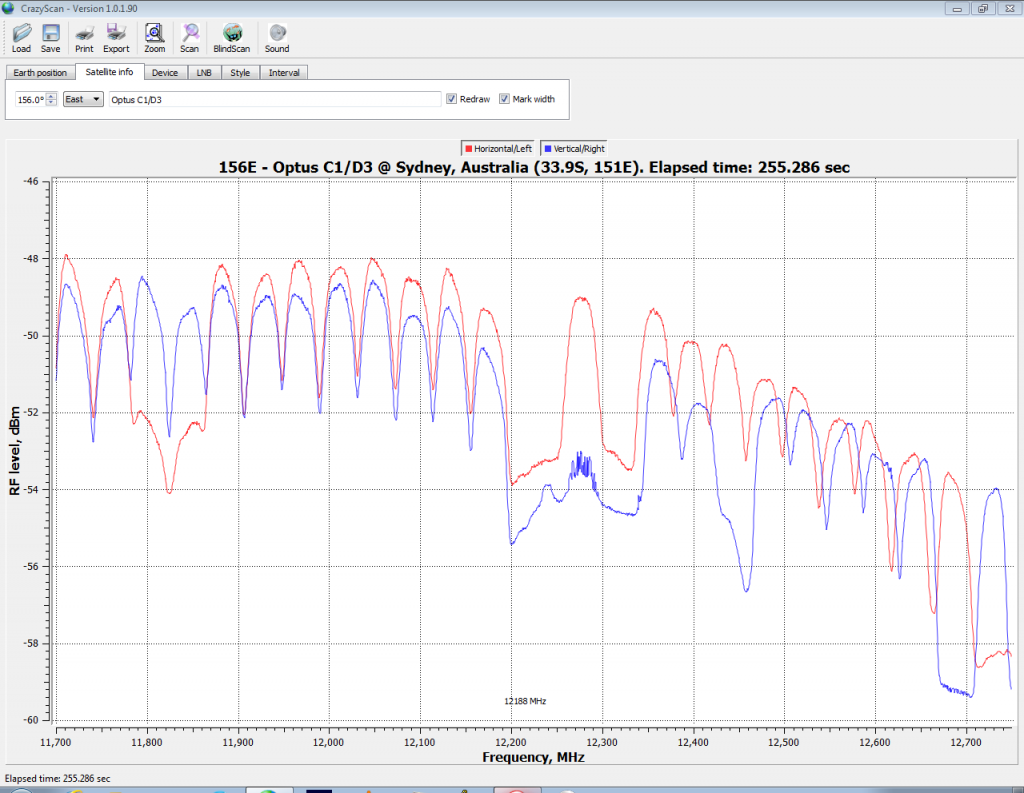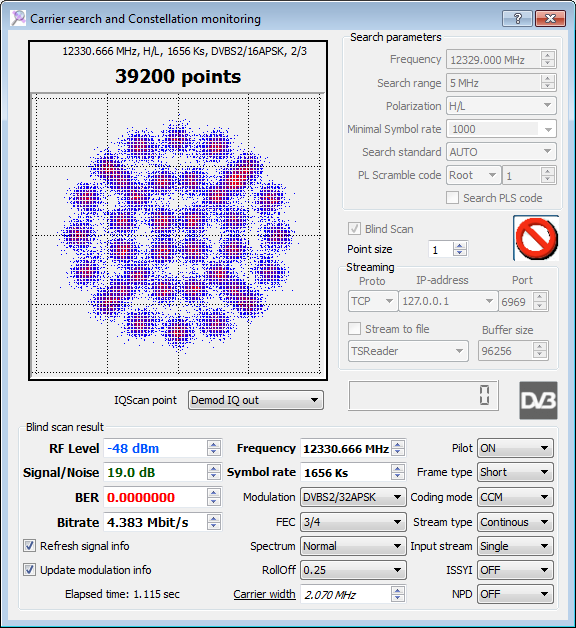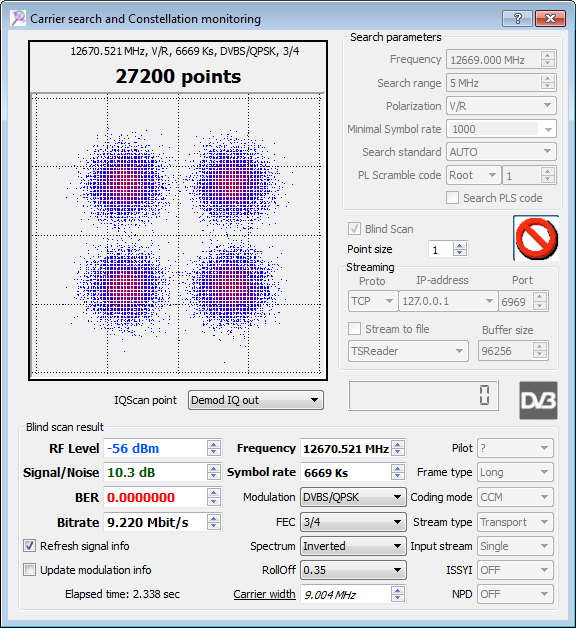Saturday, October 21, 2017
NATO SURVEILLANCE (continued)
"In 2001, Twibright Labs released Ronja Metropolis, an open source DIY 10 Mbit/s full duplex LED FSO over 1.4 km[24][25] In 2004, a Visible Light Communication Consortium was formed in Japan.[26] This was based on work from researchers that used a white LED-based space lighting system for indoor local area network (LAN) communications. These systems present advantages over traditional UHF RF-based systems from improved isolation between systems, the size and cost of receivers/transmitters, RF licensing laws and by combining space lighting and communication into the same system.
Projected data rates and future data rate claims vary. A low-cost white LED (GaN-phosphor) which could be used for space lighting can typically be modulated up to 20 MHz.[31] Data rates of over 100 Mbit/s can be easily achieved using efficient modulation schemes and Siemens claimed to have achieved over 500 Mbit/s in 2010
In September 2013, pureLiFi, the Edinburgh start-up working on Li-Fi, also demonstrated high speed point-to-point connectivity using any off-the-shelf LED light bulb. In previous work, high bandwidth specialist LEDs have been used to achieve the high data rates. The new system, the Li-1st, maximizes the available optical bandwidth for any LED device, thereby reducing the cost and improving the performance of deploying indoor FSO systems
The light beam can be very narrow, which makes FSO hard to intercept, improving security. In any case, it is comparatively easy to encrypt any data traveling across the FSO connection for additional security. FSO provides vastly improved electromagnetic interference (EMI) behavior compared to using microwaves." (legend from picture, wikipedia : RONJA is a free implementation of FSO using high-intensity LEDs."
https://en.wikipedia.org/wiki/Free-space_optical_communication
Projected data rates and future data rate claims vary. A low-cost white LED (GaN-phosphor) which could be used for space lighting can typically be modulated up to 20 MHz.[31] Data rates of over 100 Mbit/s can be easily achieved using efficient modulation schemes and Siemens claimed to have achieved over 500 Mbit/s in 2010
In September 2013, pureLiFi, the Edinburgh start-up working on Li-Fi, also demonstrated high speed point-to-point connectivity using any off-the-shelf LED light bulb. In previous work, high bandwidth specialist LEDs have been used to achieve the high data rates. The new system, the Li-1st, maximizes the available optical bandwidth for any LED device, thereby reducing the cost and improving the performance of deploying indoor FSO systems
The light beam can be very narrow, which makes FSO hard to intercept, improving security. In any case, it is comparatively easy to encrypt any data traveling across the FSO connection for additional security. FSO provides vastly improved electromagnetic interference (EMI) behavior compared to using microwaves." (legend from picture, wikipedia : RONJA is a free implementation of FSO using high-intensity LEDs."
https://en.wikipedia.org/wiki/Free-space_optical_communication
Friday, October 20, 2017
Let me give you a glimpse of my opinion, about NATO hidden operatives, against the russian embassy. Besides traffic signs with microphones and the most closed antennas, one of the most important spot, is the Mail Office (Correios), less then 30 meters. The internet sniffing comes trought that office, to search either for communications, and specific banking transferences. So, let me start.
~
The technical aspects, are using SVR "sites" locations signals, this is the russian equipmment
This is NATO machine for surveillance -
HP 831065-S01 Smart Buy Ml30 Gen9 E3-1230V5 4G Us Svr
https://www.newegg.com/Product/Product.aspx?Item=2NS-0006-0JN60
This is how the secret service, here at Portugal, use the national hidden video surveillance, trought the SVR signals of the train network
Could I encrypt a USB stick to make it look like it was empty?
"Assuming NTFS and Windows.
A quick and dirty solution would be to create a virtual hard drive in the alternate data stream of an innocuous file. The drive won't appear empty, it will show used space, but it won't show you where.
Alternate data streams are accessed by putting a colon after the file name. So create a file called readme.txt with whatever in it. Then create a VHD at readme.txt:mydrive.vhd and store whatever you want in the VHD.
I haven't tried this to see if it would work and I'm on a phone so can't do the five minute experiment to see if the VHD tools in Windows can see the ADS, but they should. This is classic security by obscurity. If you wanted it to be secured, you could encrypt both the USB drive and the VHD with different bitlocker keys.
You could save an encrypted file (say, a VeraCrypt file) onto the stick, and then delete it and empty your recycle bin. You’ll still then be able to use a program like PhotoRec to recover the file, as long as it’s not overwritten first, and then decrypt it as normal. Since the filesystem is no longer aware of the file, as soon as someone saves something else to the disk, there’s a good chance it will overwrite part of your encrypted file and you’ll no longer be able to recover/decrypt it.
Another option is to use a feature of Windows called Alternate Data Streams. You’d create a dummy file (e.g., a text file) and then attach another file to it as an ADS. This won’t affect the size of the first file, but if someone does a little bit of arithmetic on your disk size, total files, and available space, they’ll be able to tell that an ADS is present. Then it’s just a matter of using a program like Lads or CrutialADS to find it.
VeraCrypt also supports the concept of a hidden volume. You create an encrypted file with a secret, second encrypted file within it. You have two passwords, one which will decrypt the outer volume only without disclosing the inner one, and another that decrypts both volumes."
https://www.quora.com/Could-I-encrypt-a-USB-stick-to-make-it-look-like-it-was-empty
A quick and dirty solution would be to create a virtual hard drive in the alternate data stream of an innocuous file. The drive won't appear empty, it will show used space, but it won't show you where.
Alternate data streams are accessed by putting a colon after the file name. So create a file called readme.txt with whatever in it. Then create a VHD at readme.txt:mydrive.vhd and store whatever you want in the VHD.
I haven't tried this to see if it would work and I'm on a phone so can't do the five minute experiment to see if the VHD tools in Windows can see the ADS, but they should. This is classic security by obscurity. If you wanted it to be secured, you could encrypt both the USB drive and the VHD with different bitlocker keys.
You could save an encrypted file (say, a VeraCrypt file) onto the stick, and then delete it and empty your recycle bin. You’ll still then be able to use a program like PhotoRec to recover the file, as long as it’s not overwritten first, and then decrypt it as normal. Since the filesystem is no longer aware of the file, as soon as someone saves something else to the disk, there’s a good chance it will overwrite part of your encrypted file and you’ll no longer be able to recover/decrypt it.
Another option is to use a feature of Windows called Alternate Data Streams. You’d create a dummy file (e.g., a text file) and then attach another file to it as an ADS. This won’t affect the size of the first file, but if someone does a little bit of arithmetic on your disk size, total files, and available space, they’ll be able to tell that an ADS is present. Then it’s just a matter of using a program like Lads or CrutialADS to find it.
VeraCrypt also supports the concept of a hidden volume. You create an encrypted file with a secret, second encrypted file within it. You have two passwords, one which will decrypt the outer volume only without disclosing the inner one, and another that decrypts both volumes."
https://www.quora.com/Could-I-encrypt-a-USB-stick-to-make-it-look-like-it-was-empty
HIDDEN MESSAGES ON CAR PLATES ...HIDDEN OPERATIVES
Here are a few ways of looking at numbers that may help you to see some of those 'hidden' messages...The numbers 3 and 8 can represent the letter BThe number 3 can represent the letter EThe number 8 can represent the letter OThe numbers 6 and 9 can represent the letter GThe number 11 can represent the letters H, M, N or UThe number 2 can represent the letters R or ZThe number 12 can represent the letter RThe numbers 5 can represent the letter SThe numbers 7 can represent the letter TThe numbers 3 and 8 can represent the letter B
Wednesday, October 18, 2017
after the "system" erase all sonic weapons available for sale on the market ...for a bank robbering, this is the last shot.
Speech Jammer
By Dwight Dickinson
This app is only available on the App Store for iOS devices
https://itunes.apple.com/us/app/speech-jammer/id597426372?mt=8.
https://itunes.apple.com/us/app/speech-jammer/id597426372?mt=8.
Description
Think you're a smooth talker? Turn on the Speech Jammer and you'll be surprised. Speech Jammer slightly reduces the rate at which you hear your voice, making it very difficult (or impossible) to talk. The more you spontaneously and continuously talk with the Speech Jammer, the harder talking becomes.
The humour from one person experiencing the Speech Jammer will quickly spread around the room, but the effect has to be experienced first-hand.
Speech Jammer offers
• Adjustable delay to impair speech
• Tongue twisters to make it even more difficult
• Ability to record Speech Jammer sessions
• Share recordings with friends via iMessage, Text, E-Mail, Facebook, Twitter, copied link or iTunes
• Offers short-cuts to common functions using 3D Touch Quick Actions on the home screen
Speech Jammer works best with noise cancelling headphones, and headphones with the microphone built-in. If you cannot get proper results, try adjusting the slider. Wired headphones are required.
Having issues or have a suggestion? Please contact me by tapping App Support on the App Store page. I'm always open for suggestions, and can always use your help investigating crashes.
...MoreThe humour from one person experiencing the Speech Jammer will quickly spread around the room, but the effect has to be experienced first-hand.
Speech Jammer offers
• Adjustable delay to impair speech
• Tongue twisters to make it even more difficult
• Ability to record Speech Jammer sessions
• Share recordings with friends via iMessage, Text, E-Mail, Facebook, Twitter, copied link or iTunes
• Offers short-cuts to common functions using 3D Touch Quick Actions on the home screen
Speech Jammer works best with noise cancelling headphones, and headphones with the microphone built-in. If you cannot get proper results, try adjusting the slider. Wired headphones are required.
Having issues or have a suggestion? Please contact me by tapping App Support on the App Store page. I'm always open for suggestions, and can always use your help investigating crashes.
What's New in Version 3.1.12
This update to Speech Jammer fixes an issue which caused recordings sharing to fail when uploading. This update:
• Fixes a bug which caused recordings to fail to upload when sharing
• Improves the effect to have a bigger impact on your ability to talk
• Other various improvements
...More• Fixes a bug which caused recordings to fail to upload when sharing
• Improves the effect to have a bigger impact on your ability to talk
• Other various improvements
hacking satellites - basicly, to cut the chase out of the subject, which is long....you need the right sound card.
TBS TBS6925 PCI-e Professional Satellite Tuner Card
My first tuners were only set-top boxes, the Sonysky 3000 and Aulin DS-6000. They are fairly unremarkable DVB-S blind-scan boxes built at a price. Standard definition was all they offered, but that was enough for Chinasat-6B.
The difference between Blind Scan and Full/Auto Scan became apparent when I purchased some cheap (imitation) QQBOX DVB-S tuners from China. They were counterfeit TBS QBOXes, and they are based on LME2510 chipset with a Sharp tuner. Aside from a crap-load of crashy drivers, the tuners did not feature blind-scan and had extremely noisy LNB power (500mv ripple pk-pk), causing reception issues all around.
Blind-scan allows for the tuners to automatically determine the decoding parameters from the transmission on the air (i.e. Symbol Rate, Modulation Mode and FEC), thus allowing you to identify and lock-onto short-term feeds. Full/Auto scan receivers only scan the transponder modulation modes which are recorded for that satellite in the transponder lists which are often out of date, and do not contain up-to-date information. Blind scan was what I needed.
And so I turned right to TBS, bought their TBS-8921 (as well as the USB version, the TBS-5921) which was troublesome for blind scan. Sometimes it worked, sometimes it didn’t and you didn’t know why. DiSEqC was a bit hit and miss, but for watching TV it was quite acceptable. It was the beginning of my ability to chase wildfeeds.
I wanted more, so I went right for the top. The TBS-6925 PCI-e Professional Satellite Tuner.
The Card
The card came boxed in an attractive coloured cardboard box.
The specifications are listed on the rear. There is a USB version of the card, but the top-end bit-rate is limited due to the USB interface. It has the widest modulation support – with 16APSK and 32APSK being uncommon in consumer demodulators. Support for generic stream and variable/adaptive coding and modulation is also special to this card.
This card supports symbol rates up to 45MS/s which is also higher than some of the cards available at the time which topped out at 30MS/s (and yes, services >40MS/s are already on the air right now!)
The System Requirements are listed on the box. Ordering from the buydvb online store, the products were delivered securely using DHL.
The card itself is shown with the low-profile bracket attached. The card comes shipped default with the full-size bracket installed. The low-profile compatibility helped as I was installing it into my HP Microserver N36L. Another good feature is that the card does not need access to an auxiliary power connector which can be difficult to find in HTPCs and SFFs.
The rear of the card shows a pattern of vias for grounding purposes, it looks really well engineered. It need a PCI-e 1x slot, which most modern motherboards should have. The card also features a loop-out, allowing you to cascade another card to receive, provided it’s also looking at the same LNB polarity.
The card does come supplied with a driver CD, remote control and IR receiver, but in the two years that I have owned it, I haven’t even used any of them. The reason is simple – I didn’t buy this card to just “watch” TV, I bought it to scan!
Updated drivers can be downloaded from the tbsdtv.com website, and they are constantly updated, even this year!
Supplied TBS Software
TBS supplies BDA drivers for the card, but to use it to watch TV, you will need to supply your own tuning software. The one I like most is ProgDVB, but AltDVB is also fairly common. Driver support for the TBS card is fairly good.
TBS provides a utility called TBS-Blindscan which allows for a basic blind-scan experience. You configure the parameters, hit start, wait for up to 30 minutes and you have a list of results. Blindscan on this card often reports symbol rates which are 1kS/s below the actual value reported by the transponder and satellite listings. I’m not sure why, but this happens on both my cards, so it’s possibly a driver/chipset/crystal timing issue, but it does not affect reception capability.
It also comes with TBS-TS Recorder, which allows you to capture raw datastreams from the card, whether it be transport stream or generic stream. It also allows you to tune into parts of a multi-stream and has just been updated with support for Physical Layer Scrambling codes.
Finally, it also comes with TBS-Data which allows you to use the card as the receive portion of a one/two-way IP-DVB satellite system.
The TBSDTV site also provides TSReader sources (now bundled with the latest TSReader), and Streamreader DLLs for certain software that requires it.
CrazyScan
CrazyScan is a graphical spectrum plotting, blind-scan, tuning and TS serving software by crazycat69. It can be downloaded from SourceForge. The software only needs to be un-RARed using WinRAR into a folder, there is no installation. You must also download the required libraries and StreamreaderEX-BDA are available from the Info page here. You may also need to download BLScan2 from here, although I’ve had problems using the BlindScan button within CrazyScan as it complains that BLScan Failed! That doesn’t stop you from using its most useful features.
I think crazycat69 deserves a lot of thanks – his software is so easy to use and so reliable, it’s the front-end for my card almost always. The software itself has probably sold a lot of tuner cards, and really takes advantage of all the hardware’s capabilities, turning the tuner into a signal analysis device!
There is some configuration required, but it is capable of working with almost any LNB set-up, and is a very reliable DiSEqC commander. Switching switches and commanding positioners is no hassle at all, unlike with some TV watching software. The main interface allows you to plot the signal strength vs frequency to see a spectrogram (scanned).
You can click on a position to invoke a window which allows you to perform a blind scan and view the result (modulation, IQ constellation).
You can then use this window to record the stream or send it over a TCP stream to an analyzer (like TSReader) or viewer (like VLC).
It’s extremely reliable and very versatile. Ultimately, if your tuner supports CrazyScan, and you don’t use it, you’re missing out.
Some other CrazyScan Examples
The main Ku-band satellites serving Australia include Optus D1, D2, C1/D3, Intelsat-18, Intelsat-19, Asiasat-4, Asiasat-3S, Eutelsat-172A and formerly NSS-6. The above example showed the scan result for Optus D2, some of the others are shown below. Unfortunately, as my backyard space at this house is rather limited and sky view is limited, there are no scans for some of these satellites. There’s not enough space for a C-band dish here either unfortunately, so I’m not chasing those for feeds. They’re not that commonly used for short-term feeds anyway since they need a fairly large uplink truck.
Spectrum for Optus D1
Spectrum for Optus C1/D3
Spectrum for Intelsat-19
Adaptive/Variable Coding Modulation 32APSK example
DVB-S Wild-feed
Insufficient Signal to Noise Ratio
I did bring my machine with my TBS6925 to my Dad’s house with the C-band dish to catalogue the sky – that resulted in many fruitful adventures and reports which guided further exploration. It’s amazing what can be found free-to-air (FTA – i.e. unencrypted) sometimes, and how some of those channels become “subscriber” (i.e. paid-for) channels in the Ku band satellites.
Conclusion
If you’re in the market for a satellite TV tuner card, there are many products from TBS and other companies which can fit the bill just fine. Many of them are cheaper than the asking price of around US$250, and would be sufficient for the regular home TV watcher.
But for those who are looking at this card, it is likely that they demand more of their products. They are likely to be the people who are interested in identification and reception of commercial satellite data hauls (say IP-DVB, generic-stream and multi-stream services), and wild-feeds (where the ability to blind-scan and lock many different modulations is very handy). They may be interested in regularly surveying satellites for service changes, and not needing to know any modulation parameters makes this a very simple operation.
The tools provided with the card by TBS do a “passable” job at utilizing the card, but free third-party software by Crazycat called CrazyScan is pretty much essential to getting the most there is out of this card. Through using that program, detailed analysis of SNR, BER and constellation diagrams can be made which are helpful in improving reception success through dish adjustments, and identification of problems. It also allows (in the recent editions) the scanning of PL code (Physical Layer Scrambling) which allows reception of even more esoteric services.
It is a fairly unique product, with very few competitors which can offer the same level of demodulation ability and performance. The price may be “high”, but its performance is unmatched. It was so good, I bought two. Yes. Two.
Now, in Australia, it’s fairly rare to encounter anything that’s of interest in 16APSK or 32APSK mode, so alternative products with CrazyScan ability and no APSK modes are available from competitors such as ProfTuners (e.g. Prof Revolution 7500 USB and the Prof Revolution 8000 PCI-E). They’re less than half the price (about US$72), so they definitely could be the preferable card for some. But at the time I purchased my TBS6925, I wanted to have it all – APSK modes as well – so there was (and still is) no other choice.
Subscribe to:
Comments (Atom)









